We often don’t realize the ancient origins of many of the common items we use every day. They’re a lot older than you might think.
From the very beginning of civilization around 12,000 years ago, mankind has gone through several ages of intense creativity and invention. From farming to architecture, from entertainment to war, from politics to economics, all aspects of civilization have been subject to the minds of the inventors who shaped the futures of their civilizations. There are 9 ancient inventions that we still use today, which are a lot older than you may think.
1. The Magnetic Compass

One of the most important inventions in world history is the compass, which helped people navigate both on land and at sea. While today we have GPS tracking via satellites, magnetic compasses were still being used all over the world until relatively recently, helping sea captains steer their ships in the right direction.
The magnetic compass is almost 2,000 years old, originating from Han China around 200-220 CE. However, for several centuries after its invention, the compass was used primarily for geomancy and feng shui rather than navigation. It was only between 850-1050 CE that the compass started to be utilized for navigational purposes.
The first recorded mention of the compass in Europe dates back to 1190 in Alexander Neckam’s work De naturis rerum (On the Natures of Things). It is unclear whether the invention found its way to the Middle East and Europe via transmission from China, or if these regions developed the compass technology independently.
2. Paper
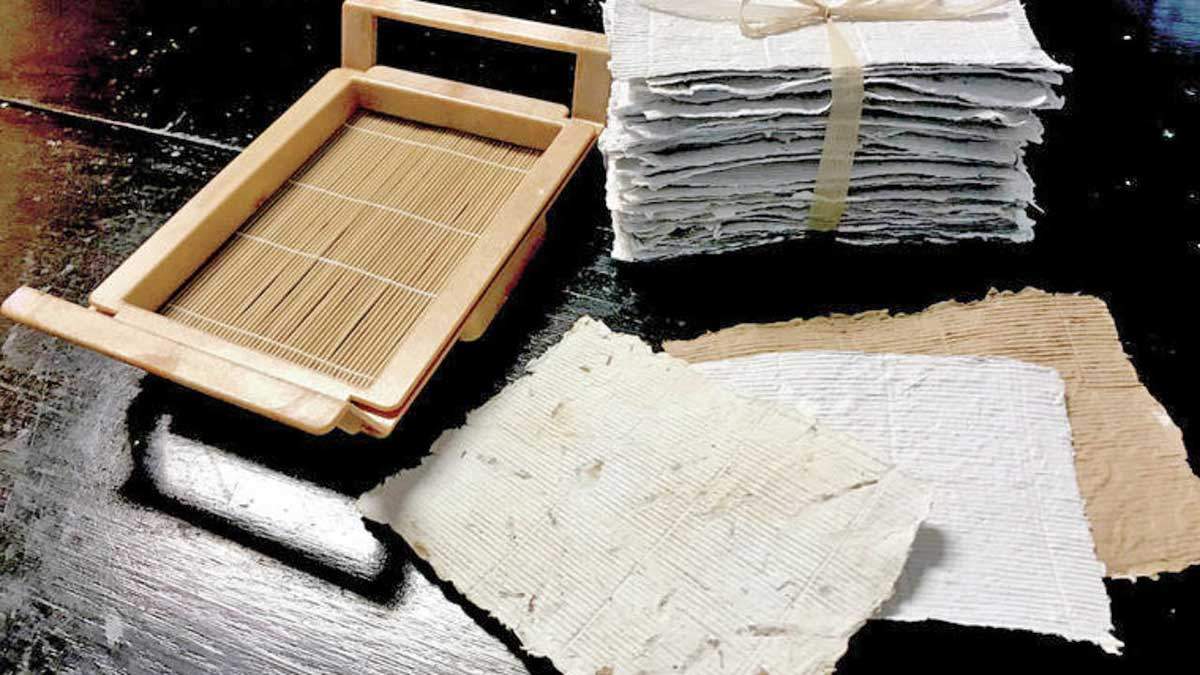
Before the development of modern paper, humans used a wide variety of surfaces to record their thoughts, whether in the form of pictures or written words. The English word “paper” is derived from the Latin “papyrus,” which in turn originated from the Greek term. The Greek “papyrus” is believed to come from the Egyptian phrase “pa-per-aa,” meaning “of the pharaoh,” as the production of this material was controlled by the Egyptian pharaohs.
The paper that we use today, however, was not developed in Egypt, but rather originated in China. The pulp papermaking process is credited to a court eunuch named Cai Lun, who lived during the Han Dynasty in the 2nd century CE. His method involved pressing wet wood pulp into a woven cloth, which served as a direct precursor to the papermaking techniques we employ today. It took several centuries for this technology to spread to the Muslim and Christian worlds.
Despite the increasing digitization of information in modern times, this ancient invention has not fallen out of favor. In fact, the global demand for paper is expected to continue rising steadily over the next decade.
3. The Wheel

Modern civilization would look vastly different today had it not been for the ancient invention and incorporation of the simple wheel. The exact origins and timeline of when the wheel was first invented remain unclear, but it is highly likely that it was independently invented by many different civilizations at various points in time. The inherent simplicity of the wheel concept means it was probably conceived even by societies that did not have an immediate need for the technology.
The earliest evidence of the wheel dates back to between 4500 BCE and 3300 BCE in Mesopotamia, where it was utilized in the form of a potter’s wheel. Early wheels used for transportation were constructed from solid wooden planks. This initial design was then improved upon between 2200 BCE and 1550 BCE during the Middle Bronze Age, with the introduction of the spoked wheel and the chariot.
Today, the wheel is an essential component for virtually all forms of transportation. It is not limited to just land-based vehicles – airplanes require wheels for takeoff and landing, and most helicopters are also equipped with them. Even maglev systems use extendable wheels when operating at lower speeds.
The applications of the wheel extend beyond just transportation as well. Without the development of gears and cogs, modern civilization may very well have remained stuck in the dark ages. The wheel has truly been a foundational invention that has shaped the course of human progress.
4. The Calendar
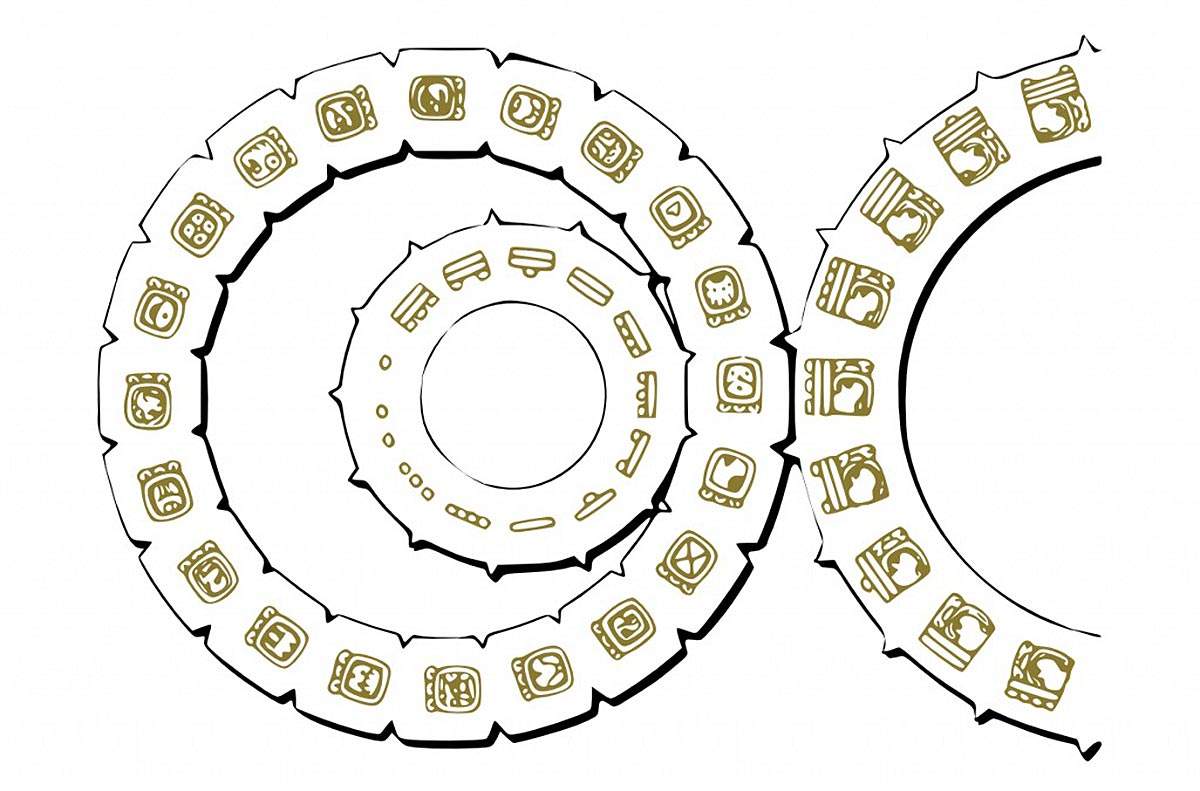
As human societies transitioned from hunter-gatherer lifestyles towards more sedentary, agricultural practices, the ability to accurately predict the changing of the seasons became increasingly important. As a result, the calendar, in its various forms, has been an integral and invaluable tool since ancient times.
While timekeeping has been relevant since the Neolithic Era, the actual calendar was not invented until the Bronze Age, around 3100 BCE. The Sumerians were the first known civilization to create a calendar system, which was remarkably similar to our modern calendar. Their version divided the year into 12 lunar months, with each month consisting of either 29 or 30 days. The Egyptians later developed a comparable calendar, also with 12 months, but they incorporated the star Sirius to aid in tracking the passage of days.
Building on these earlier calendars, the Babylonians created a system that added a 13th month every two to three years. This Babylonian calendar would later serve as inspiration for the Jewish calendar. Many other ancient civilizations, such as the Chinese and the Aztecs, developed their own unique calendar systems, often incorporating elements like the zodiac or solar-based year lengths. The advanced Mayan civilization, renowned for their mathematical and astronomical prowess, also bequeathed calendar traditions to various Mesoamerican cultures.
5. Concrete
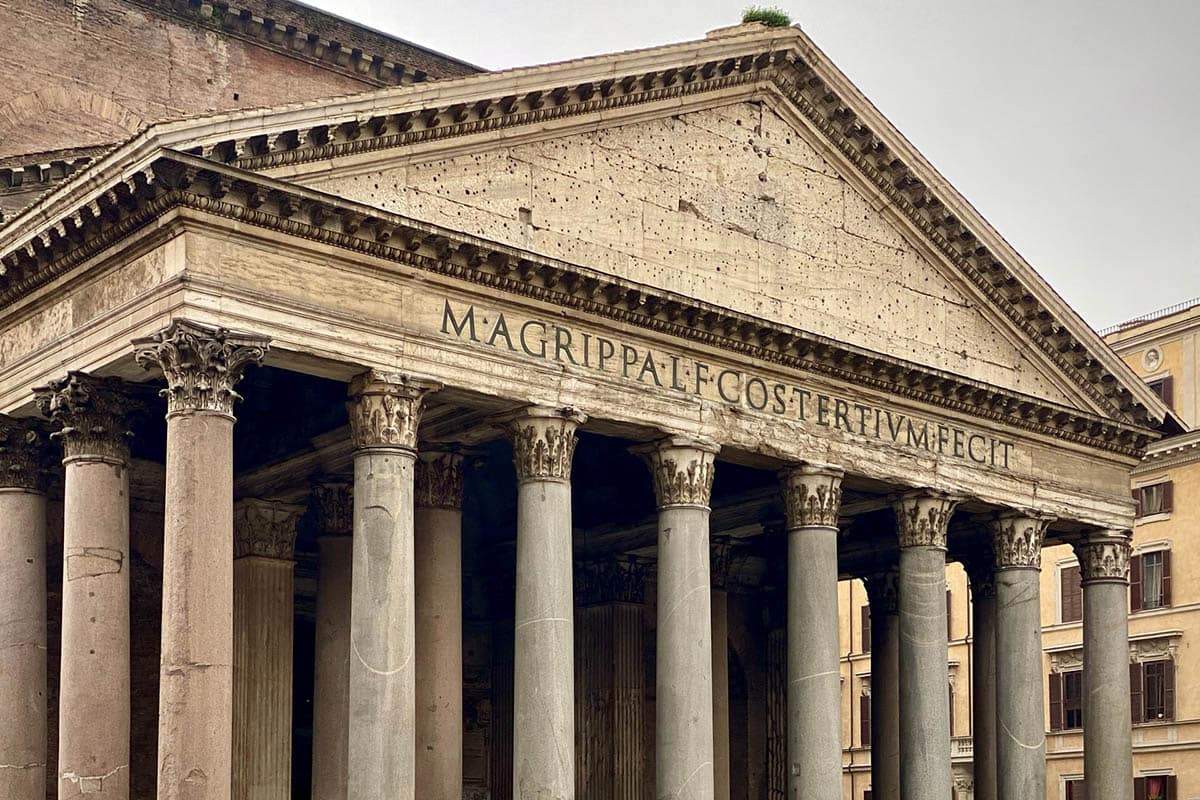
Concrete is an integral component of virtually all modern cities and human infrastructure. This versatile building material allows for the construction of durable structures that can effectively protect their contents from the elements.
The origins of concrete date back thousands of years. Early versions were produced by crushing or burning substances like gypsum or limestone. While the specific ingredients and manufacturing processes have evolved over the centuries, the core applications of concrete have remained largely unchanged.
The first documented use of concrete-like materials can be traced to the Nabataea Bedouin tribes of the Middle East, dating back to around 6500 BCE. In the ensuing millennia, other ancient civilizations, including the Egyptians, Europeans along the Danube river, the Chinese, and the Greeks, all developed their own unique variations of concrete. However, it was the Romans who truly pioneered the prolific and advanced use of concrete in their extensive architectural works.
The concrete used today is typically an admixture of stones, sand, water, and various chemical additives. The specific chemical composition depends on the desired type of concrete and its intended application. Factors such as geography and climate are also taken into account when formulating modern concrete mixtures.
6. The Telescope
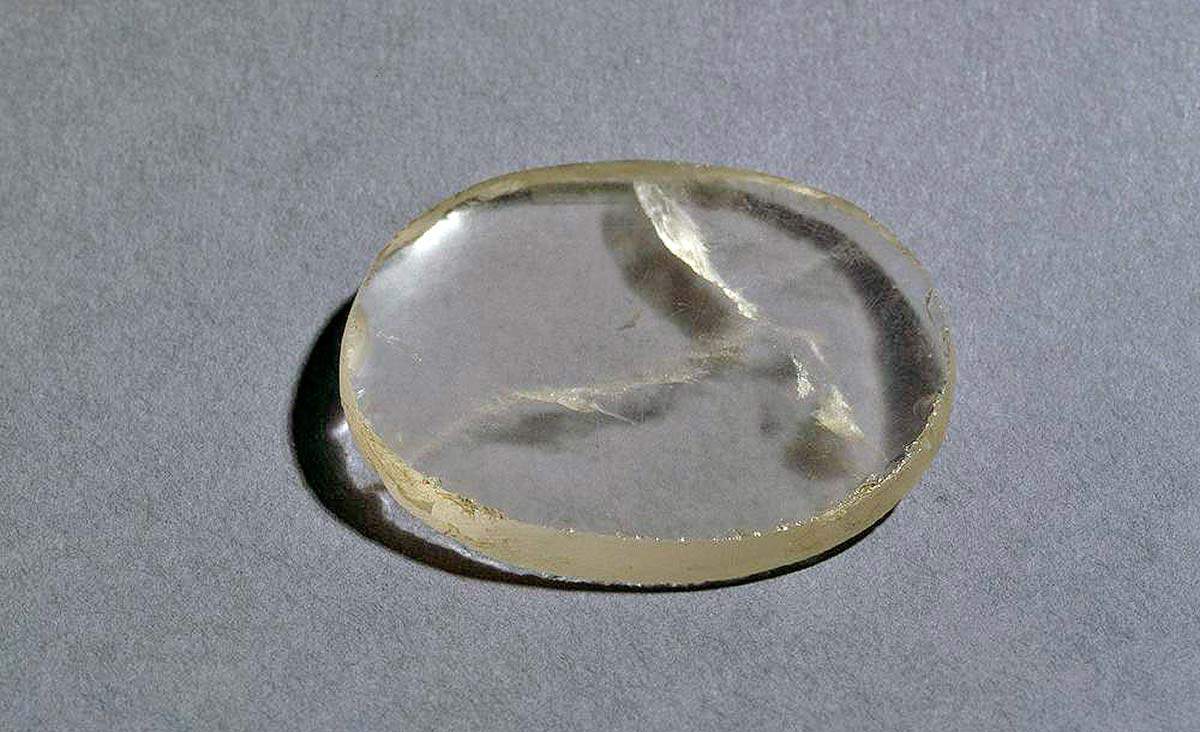
Conventional wisdom holds that the telescope was invented in 1608 by Dutch spectacle maker Hans Lippershey. It is also widely known that the famed astronomer Galileo Galilei was among the first to make groundbreaking observations using this new optical instrument.
However, Galileo himself pointed out that the concept of the telescope was known and utilized by people thousands of years before he turned his gaze to the night sky. Evidence supporting this notion can be found in the form of the Nimrud Lens, a 3,000-year-old piece of polished rock crystal that possesses a 3x magnification property.
While many academics remain unconvinced that the Nimrud Lens was definitively part of an ancient telescope, or that it was even used to view celestial objects, it does fit with the fact that the ancient Neo-Assyrian civilization possessed a remarkable amount of astronomical knowledge.
Regardless, Galileo was steadfast in his belief that the ancients had access to telescope technology long before his own pioneering observations. As an expert on telescopes himself, Galileo’s assertions on this matter carry significant weight.
7. Central Heating

Central heating, often considered a modern luxury, actually has origins dating back thousands of years. As early as 7,000 years ago, the Korean people were utilizing a heating system known as ondol, which guided heat from flames through a network of tunnels underneath the floor.
This ancient Korean invention was independently developed several millennia later by the ancient Greeks, who used a similar approach involving open spaces beneath raised floor structures supported by pillars. The Romans then built upon this Greek heating system, incorporating it into the villas of the wealthy as well as their public bath complexes. The Roman version was known as the hypocaust.
However, after the fall of the Roman Empire in Europe, much of this advanced heating technology was lost, and for nearly a thousand years, Europeans reverted to relying on basic open fires to heat the interiors of their homes. The ability to reproduce the sophisticated underfloor heating systems of the ancients had been largely forgotten during this prolonged period.
8. Wine

Wine has a remarkably long history, with evidence of its production dating back at least 8,000 years. The earliest known origins of winemaking come from the country of Georgia in Eastern Europe, where grape wine was being produced around 6000 BCE.
Around the same time period, there is also evidence that in ancient China, people were mixing grapes and berries with rice and fermenting the mixture to create their own version of wine.
The intoxicating effects of these ancient alcoholic beverages proved extremely popular, as one might expect. As a result, the production and consumption of wine quickly spread throughout the ancient world, becoming one of the most widely traded and consumed products in history – a trend that has continued up to the present day.
9. Zero
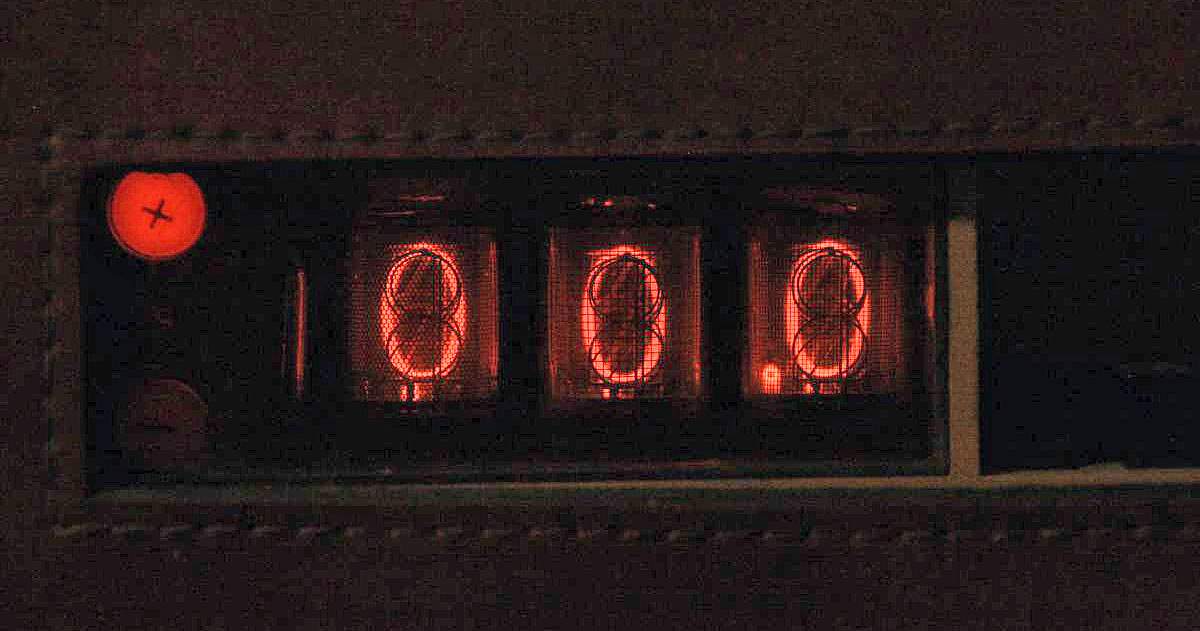
The concept of “nothing” or the numerical representation of zero is not an inherently spectacular breakthrough, but it surprisingly took a remarkably long time for this idea to be fully realized and represented symbolically.
The earliest known record of the concept of nothing being expressed in written form dates back to around 1770 BCE in ancient Egypt. The Egyptians utilized the hieroglyph “nfr”, meaning “beautiful”, “pleasant”, or “good”, to represent the concept of nothing or absence.
Centuries later, the Babylonians also made use of symbols to represent the numerical value of zero, but these symbols were not used independently or at the end of number sequences. As a result, many numbers were written the same way and could only be differentiated through contextual clues.
The ancient Greeks adopted the Babylonian number system but then converted the numerals back into Greek symbols. However, the Greeks seemed to have a philosophical aversion to the concept of zero.
Similarly, the ancient Chinese utilized a counting system with rods, where zero was only employed as a placeholder rather than a number with independent value.
It was not until the 3rd to 2nd centuries BCE that the people of ancient India developed the notion of zero as we understand it today. In the Indian number system, zero was conceived of as a digit in its own right, with a distinct symbol that was written in the decimal place to denote numeric value. This symbol, initially a large dot, eventually evolved into the zero symbol we use today.
Ancient Inventions: Conclusion
Many of the things today may be re-inventions of the past, but we cannot deny that the ancients, with their limited technology, were able to achieve extraordinary things, inventing the things we take for granted, and coming up with ideas that would evolve over time, and be implemented into the lives we live today.
